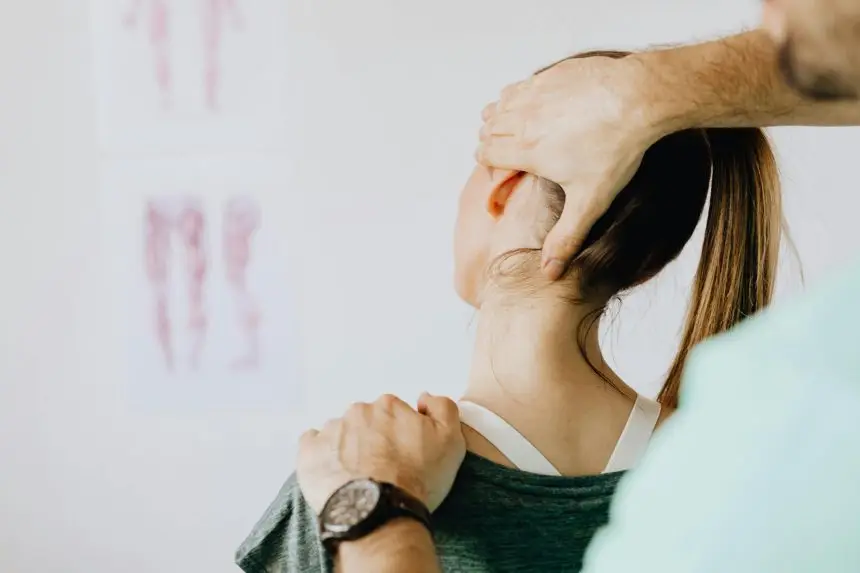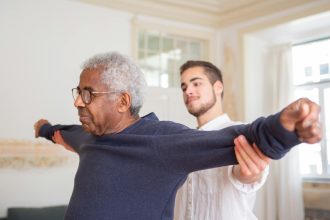When a brain injury occurs, it often affects more than movement or speech. Survivors may find themselves forgetting appointments, struggling to focus on conversations, or feeling unable to plan simple tasks. These changes in memory, attention, and reasoning are among the most disruptive consequences of brain injury, yet they are also some of the least visible.
Cognitive Rehabilitation Therapy (CRT) is designed to address these challenges. It is a structured approach to restoring thinking skills, compensating for cognitive deficits, and helping survivors adapt to the demands of daily life. While progress may be gradual, CRT provides practical strategies that allow people to regain independence and confidence.
What Is Cognitive Rehabilitation Therapy?
CRT is a form of rehabilitation that focuses specifically on the brain’s cognitive functions—memory, attention, problem-solving, organization, and judgment. Unlike physical or occupational therapy, which emphasize movement and daily tasks, CRT directly targets the way survivors think, process, and respond to information.
Therapists begin by assessing which cognitive skills were most affected by the injury. A treatment plan is then tailored to the individual, blending exercises that challenge the brain with strategies that help compensate for ongoing difficulties. The overall goal is to improve function in real-world activities, whether at home, work, or school.
Common Areas of Focus
Cognitive rehabilitation is broad, but it typically addresses several key areas:
- Memory: Survivors may practice recalling word lists, navigating memory games, or using external aids like planners, calendars, or reminder apps.
- Attention and concentration: Exercises may train individuals to sustain focus for longer periods or shift attention between tasks without becoming overwhelmed.
- Executive functioning: This includes planning, organizing, prioritizing, and problem-solving—skills necessary for managing daily responsibilities.
- Reasoning and judgment: Survivors learn to recognize risks, make safe decisions, and adapt to new situations.
- Processing speed: Tasks are designed to gradually improve how quickly the brain takes in and responds to information.
Although therapy may use structured drills, the emphasis is always on skills that translate directly into everyday activities.
How Therapy Works in Practice
Cognitive rehabilitation often feels like a blend of classroom exercises and real-world problem-solving. Survivors may complete puzzles, memory challenges, or computer-based training, but they also practice applying these skills in daily routines. For example, a therapy session might involve planning a meal, creating a shopping list, and practicing the sequence of cooking steps.
Therapists often use repetition and gradual increases in difficulty, helping the brain form new connections through practice. At the same time, survivors are encouraged to use compensatory strategies—such as writing things down or setting phone alarms—to manage situations where memory or attention remain limited.
Who Provides CRT?
Cognitive rehabilitation is typically delivered by neuropsychologists, occupational therapists, or speech-language pathologists with specialized training. Therapy may take place in hospitals, rehabilitation centers, outpatient clinics, or even at home.
Because cognitive changes affect nearly every aspect of life, CRT often overlaps with other therapies. For example, speech-language therapists may address communication strategies alongside memory training, while occupational therapists integrate planning and organization into daily task practice.
The Role of Families and Caregivers
Family members play a critical role in reinforcing cognitive strategies outside of therapy sessions. They may help survivors practice using planners, encourage problem-solving during daily tasks, or provide reminders in a supportive, non-frustrating way. Caregivers also benefit from learning how to communicate effectively when memory or attention problems cause conflict.
By involving families in therapy, CRT extends its impact beyond the clinic and into the home, where real progress is made.
Challenges and Progress
Cognitive recovery can be one of the most frustrating parts of rehabilitation. Survivors often feel discouraged when they cannot think or remember as they once did. Progress may be slow and uneven, with improvements in some areas and ongoing struggles in others. Therapists emphasize patience and persistence, reminding survivors that even small improvements—remembering an appointment, managing a budget, or following a recipe—represent meaningful gains.
Some individuals fully regain cognitive abilities, while others continue to rely on compensatory strategies long term. Either way, CRT provides a framework for maximizing independence and quality of life.
The Long-Term Outlook
Unlike some forms of rehabilitation that focus mainly on the first year after injury, cognitive rehabilitation can provide benefits for years. Survivors often discover that strategies learned in therapy remain useful decades later. Ongoing cognitive exercise—through puzzles, reading, learning new skills, or structured training—helps maintain progress and prevents decline.
In addition, research continues to explore how neuroplasticity—the brain’s ability to rewire itself—can be harnessed to support long-term recovery. Advances in technology, including virtual reality and computer-based cognitive training, are likely to make CRT even more effective in the future.
Conclusion
Cognitive Rehabilitation Therapy is one of the most important parts of brain injury recovery. By focusing on memory, attention, reasoning, and problem-solving, it helps survivors rebuild thinking skills and adapt to new challenges. Even when full recovery is not possible, CRT equips individuals with tools and strategies to live independently and confidently.
For survivors and families, CRT represents not just therapy, but hope—the possibility of regaining the mental clarity and daily function that form the foundation of a meaningful life.







